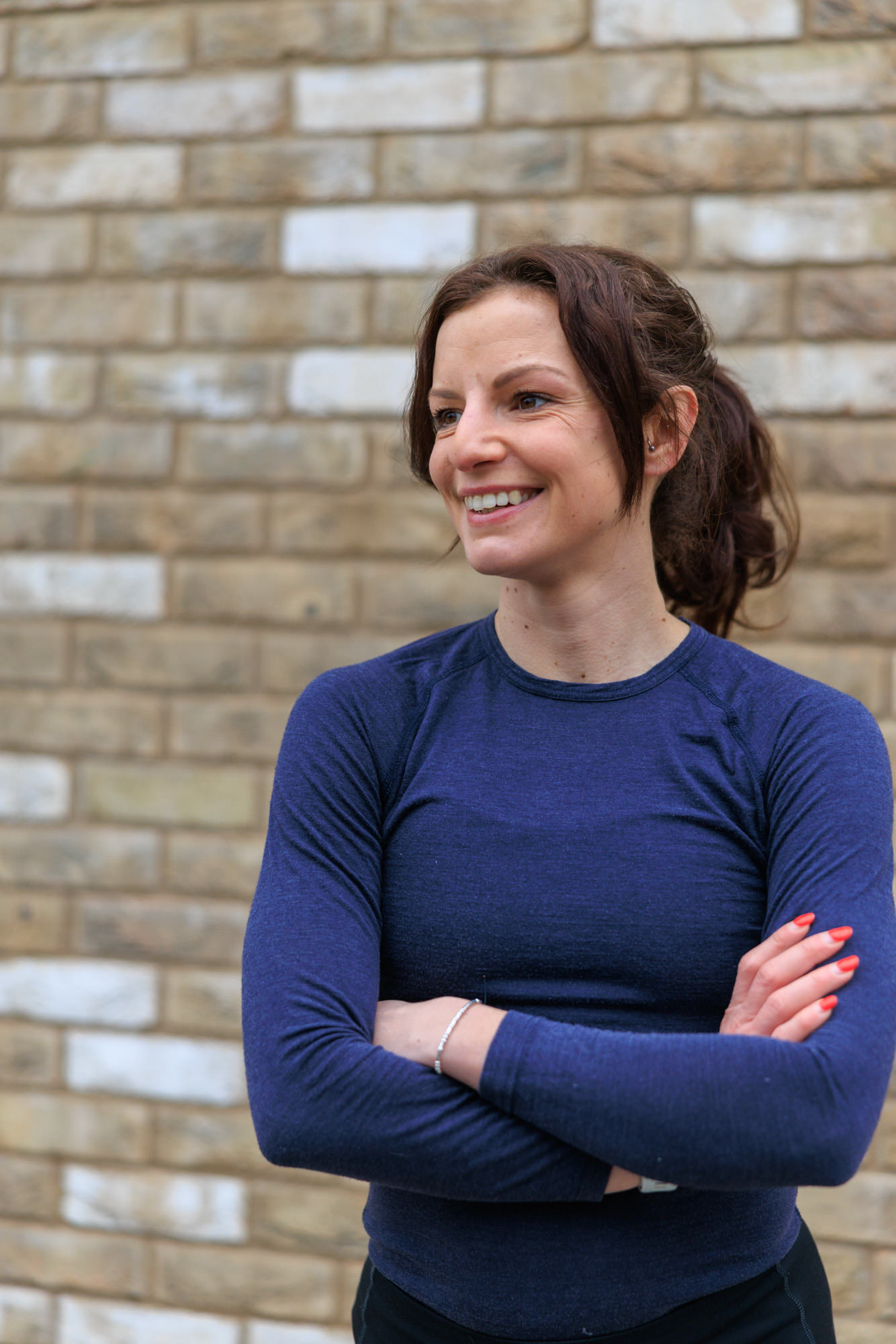Find out why rest is an important component of a runner’s training and learn exactly how you should work recovery into your plans.
Running is all about hard training and, hopefully, enjoyable and rewarding race performances. However, equally important is the time you spend unwinding at the end of a race or heavy training session. Here's a guide as to why rest is another key area of any successful runner's training routine.
The runner's recovery
It makes sense, that in a sport like running the more you put in the more you get out. In some way, shape or form we all know that our potential as runners is governed by how much blood your heart can pump to the working muscles, how long your legs can withstand fatigue and in longer races, how efficiently you burn fuel. The more you run the better your body gets at these things.
But what if we told you that rather than the actual running, it is how and when you rest that governs how well your training works? It’s true! Most people think that training is all about mileage or intensity. It’s not! The key is recovery. This runner's recovery masterclass will show you how to rest and recover.
Okay, before you dismiss this notion concerning the importance of rest and recovery, let’s look a bit harder at this. To fully appreciate this theory you need to appreciate the basis behind how the human body works.
Understanding your running body
Knowing how to recover after a long run or training is all about knowing your running body. At the very root of our existence the human being is an adaptive organism. We can adapt to almost anything and any environment. When life throws us a few stresses, the body adapts so that in the future that particular stress is more manageable. Think of the common cold – you get ill, but your body adapts to handle that stress via the immune system. Running training is exactly the same – you stress the body via running and it adapts by increasing muscular strength and aerobic efficiency so that that particular stress can be better handled.
The only reason we train is to force the body to adapt to the stresses of running.
So at the very essence of how the body works, the only reason we train is to force the body to adapt to the stresses of running. The pleasant by-product of this is that you get stronger and faster. But it is not quite that simple. Just like when you get a cold, the body doesn’t adapt during the stresses of running. All the stress (training) does is tell the body that it needs to adapt otherwise it will break down in some way, usually through illness or injury. The actual adaptation only happens if you allow the body a chance to recover from the stress.
This basic tenet is crucial to everything you do in life. If you don't have well-planned recovery your body cannot adapt and will eventually rebel, which in sporting terms means either illness, injury or overtraining, and sometimes even all three at once. In short, successful running is governed not so much by the quality of your training as the quality of your rest!
The theory behind this is recognized in a basic formula that every runner should live by:
STRESS + REST = ADAPTATION
For runners, this formula can be tailored to:
Training + Recovery = Improvement
The improvement factor should not be seen only in terms of performance either; in the long-term the well-planned application of this 'stress + rest' scenario will allow you to handle more training, which means you force more adaptation. So not only will you get stronger and faster for races, you’ll also be able to handle increasingly harder training loads, which in the long term will force more adaptation and further improved results.
Much like your quality of life; training only works well if you can accept that rest is as important as work. An appreciation of the body’s need for recovery can kick-start a cyclical process where over time you become a stronger runner. All you have to do is work out how much recovery you need.
Working with recovery
From a training perspective, it is the rate at which the human body adapts to stress that separates individuals. Two runners of equal ability might have totally different recovery needs. Similarly, one runner might be able to handle the same training as another but the second runner can be vastly superior. All this is explainable via recovery.
The key is working out how much stress you can handle before you need to rest. This needs to be applied not only between workouts, but also on a wider scale. For example, it is common knowledge that the body needs at least 24 hours to recover from a hard workout. But few people realise that the body struggles to handle more than four hard training weeks in a row. Or that few people can handle more than three hard years in a row before their performance starts declining. The secret is to find how much rest you body needs, not only day-to-day, but also month-to-month and year-to-year.
Another important factor here is working out how different types of training affect you. Sure you need an easy day after a hard day; but do long runs require more recovery than high intensity runs? And how much recovery do you need after races?
In general, long, relaxed running requires less recovery than high intensity speed work or races.
In general, long, relaxed running requires less recovery than high intensity speed work or races. And in general road running requires more recovery than cross country or trail running, but only you can decide how much recovery you need.
In general long runs seem to need at least 24 hours recovery and high intensity sessions 48 hours recovery. You also need to allow at least 24 hours of easier running after hilly runs. For some people this recovery period might be complete time off. For others it might just be easy running doing recovery runs or cross-training. But just about everybody should also think about recovery in tandem with other stresses in their life.
For most people the workweek is their biggest stress outside of running, so it makes sense to make the two work in tandem. For example, Monday is a busy work day and because most of us train hardest in weekends Monday becomes a perfect day for recovery. Likewise, by Friday we’re usually tired from both the work and training week, so Friday becomes another perfect recovery day. All of a sudden you have a bit of a training pattern going here. If every two to four weeks you ease back to about 50 per cent of your normal volume, then you have the basis for a good cycle of stress versus rest.
Recovery tips:
- Long days should be followed by an easy day.
- High intensity days should be followed by two easy days.
- After races take an easy day for every 15 mins that you raced.
- Hill training should be followed with flat training.
- Try scheduling the easy days for when you’re busiest at work or home.
- Take at least one easy week every month.
Find your own balance
If you remember only one thing from this article remember this adage: “You can never train too easy, but you can train too hard”. If this thought is behind your every run then you won’t go too far wrong. Any running, no matter how easy or short, will give you some benefit, but too much or too hard at the wrong time will almost always lead to disaster.
We’re not saying that short, easy running is the way either; to get good results you have to include a mix of longer runs, harder runs and consistent general running. However, remember that improvement is impossible without recovery, so if you’re in doubt then err to the side of caution. Put simply – improving your running is about finding your own balance of stress versus rest.
Suggested training week
The following is a balanced training week to use as a starting point. Simply listen to your body to fine tune your recovery needs.
| Training emphasis |
Beginners |
Intermediate or recreational |
Advanced |
| Rec overy day |
Day off or cross-training |
Day off or cross-training |
30-60 min, easy, flat |
| Key training day |
20-45 min, easy, flat |
40-60 min, hard, hilly |
60 min, hard, hilly or race pace reps |
| Recovery day |
Day off or cross-training |
Day off, cross-training or 30min, easy, flat |
45-60 min, easy, flat |
| Key training day |
20-45 min, easy, hilly |
40-60 min, relaxed, hilly |
60-90 min, firm, hilly |
| Recovery day |
Day off |
Day off or cross-training |
Day off, cross-training or 30 min incl. 10x100m stride |
| Key training day |
20-30 min, easy, flat |
30-45 min, firm, undulating |
45-60 min, firm, undulating |
| Key training day |
30-60 min, easy, hilly |
60-90 min, easy, hilly |
1.5-2 hrs, relaxed, hilly |
Suggested recovery week
The following is a balanced recovery week to use as a starting point. Note that the training emphasis is still the same, but the total volume is reduced. This allows you to cover training bases while allowing recovery. Use it either for your easy week every two to four weeks or for thee week of a race.
| Training emphasis |
Beginners |
Intermediate or recreational |
Advanced |
| Recovery day |
Day off |
Day off or cross-training |
Day off, cross-training or 30 min, easy, flat |
| Key training day |
20-30 min, easy, flat |
40-60 min, hard, hilly |
40 min, race pace repetitions |
| Recovery day |
20-30 min easy, flat or cross-training |
Day off, cross-training or 30 min, easy, flat |
45-60 min, easy, flat |
| Recovery day |
Day off |
Day off or cross-training |
Day off, cross-training or 30 min, easy, flat |
| Recovery day |
10 min, easy, flat |
15 min, easy, flat including 3x100m strides |
15-30 min, easy, flat including 3x150m strides |
| Race or key training day |
Race or 30-60 min, easy, hilly |
Race or 40-60 min, hard, hilly |
Race or 5k time trial |
| Recovery day |
Day off |
Day off |
Day off, cross-training |

.png)




-min.jpg)

